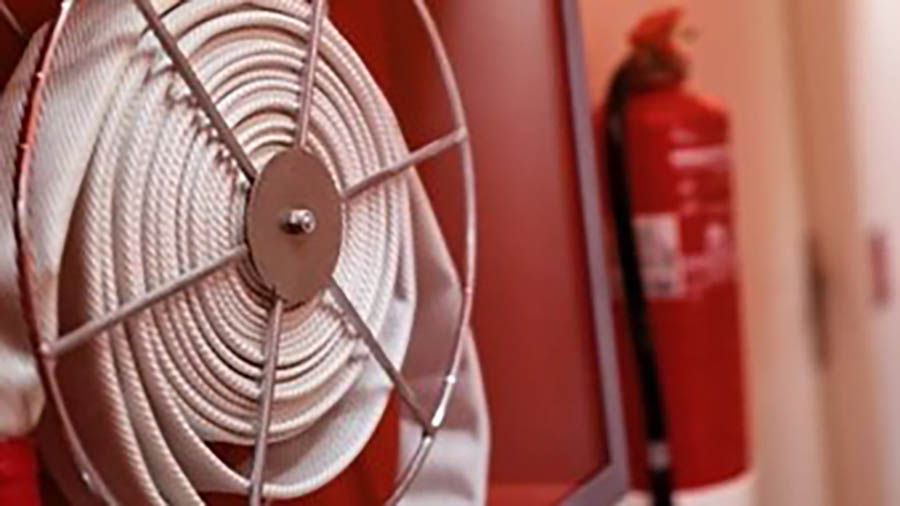Fire alarms, a sound you can live with: Know what to do when it happens to you!
 CREDIT: FANSHAWE COLLEGE
CREDIT: FANSHAWE COLLEGEFanshawe’s fire alarm system has two different tones: Stage 1-Alert and Stage 2-Evacuation.
Have you experienced a fire drill at 1001 Fanshawe College Blvd.? You may have noticed that it’s not just the standard ringing you may have heard from grade school. Fanshawe’s fire alarm system has two different tones: Stage 1-Alert and Stage 2-Evacuation.
What’s the best way to prepare for a fire or evacuation?
- Know and understand the difference between the two stages of fire alarm.
- Keep aisles and exit paths clear.
- Report any fire hazards to Security Control Centre or Emergency Management Office.
- Familiarize yourself with where your nearest pull station and exit is located.
- Participate in fire drills. Dates will be communicated on the Fanshawe Portal for awareness.
Remove persons from affected area (assist mobility impaired);
Ensure all windows and doors are closed (contain smoke/flame);
Activate nearest fire alarm pull station (alerts everyone to danger and gets help);
Call Campus Emergency Line at extension 4242 or 519-452-4242;
Try to extinguish fire if safe and trained to do so.
What to do when you hear the fire alarm:
Stage One (Alert Stage): This is your sign to alert you to an event. Await by the speaker for further instructions and prepare yourself for a possible evacuation. The Emergency Management Office and Campus Security Services are investigating the circumstances surrounding the alarm. Do not leave the area to gather personal belongings but begin to gather any required items that are within arm’s length to you (laptop, keys, purse/wallet or jacket).
Mobility impaired persons should begin to evacuate.
Stage Two (Evacuation Stage): Begin to evacuate and leave the building. Find the nearest exit to evacuate and make your way to your assigned evacuation assembly area. Maps of evacuation assembly areas can be found in classrooms and other common areas. Fanshawe has trained floor wardens for fire emergencies that are there to direct and assist occupants in leaving the building.
Remain at Evacuation Assembly Area until you have been told it is safe to return.
What to do if you cannot leave the building safely:
- If the location is unsafe, go into a classroom/office or nearest stairwell. Close the door, seal openings to prevent smoke from entering. Call the Campus Emergency Line at extension 4242 or 519-452-4242 to report your location (include building, floor level, and room number).
- If safe, remain in the location you are at and close the door.
- Go to the most smoke-free room, close the door and attempt to seal it. Open the window for fresh air. Keep low to the floor where the air is cleaner.
- Draw attention to yourself. Show the rescuers where you are by hanging a sheet from the window or waving.
- Call 911 and then Campus Emergency Line at extension 4242 or 519-452-4242 to report your location. Include building, floor level and room number.
- Follow instructions from Emergency Responders or instructions provided over the public-address system.
- Remain in the location unless conditions change, that location becomes unsafe OR advised it is safe to return to normal activities.
- If your location changes, update your location by calling the Campus Emergency Line.
Take the time to equip yourself with lifesaving knowledge!
Fire evolves quickly so you must react quickly! Get out and stay out. Download the FREE Fanshawe Stay Safe app for information at your fingertips.















